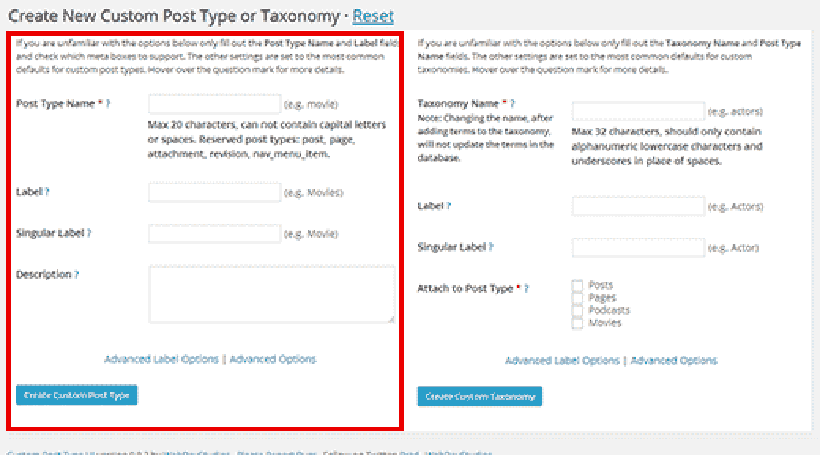A well-designed landing page is the cornerstone of any successful online marketing campaign. Whether you’re launching a new product, promoting a service, or capturing leads, your landing page plays a critical role in turning visitors into customers. In this article, we’ll explore what makes an effective landing page, the key design elements to focus on, and best practices to optimize conversions.
A well-designed landing page is the cornerstone of any successful online marketing campaign.
Whether you’re launching a new product, promoting a service, or capturing leads, your landing page plays a critical role in turning visitors into customers. In this article, we’ll explore what makes an effective landing page, the key design elements to focus on, and best practices to optimize conversions.
What is a Landing Page?
A landing page is a standalone web page designed specifically for a marketing or advertising campaign. Unlike a homepage, which serves multiple purposes, a landing page has one primary goal: to drive visitors to take a specific action, such as signing up for a newsletter, making a purchase, or downloading an eBook.
Key Elements of an Effective Landing Page
1. A Clear and Compelling Headline
Your headline is the first thing visitors see, so it needs to be attention-grabbing and communicate the core value of your offer. A great headline is clear, concise, and speaks directly to the needs of your audience.
2. Strong Visuals
Images and videos can significantly enhance the user experience. A well-chosen image or video can help convey your message quickly and make your page more engaging. Visuals should be high quality, relevant, and optimized for fast loading times.
3. Persuasive Copy
The text on your landing page should be direct and persuasive. It should highlight the benefits of your offer and guide users toward taking action. Bullet points, short paragraphs, and subheadings can make the content more readable.
4. A Standout Call-to-Action (CTA)
Your CTA button is the most important element on the page. It should be easy to find, use action-oriented language (e.g., “Get Started,” “Claim Your Offer,” “Sign Up Now”), and contrast with the background to stand out.
5. Mobile-Friendly Design
With a growing number of users browsing on mobile devices, it’s essential to ensure your landing page is responsive. A mobile-friendly design improves user experience and increases the chances of conversion.
6. Trust Signals
Trust elements like customer testimonials, security badges, and social proof (such as the number of people who have already signed up) help build credibility and encourage visitors to take action.
7. Minimal Distractions
A landing page should be free from unnecessary links or navigation that might divert attention from the primary CTA. Keeping the focus on the conversion goal ensures better results.
Best Practices for Landing Page Optimization
1. A/B Testing
A/B testing (split testing) involves creating two or more versions of your landing page and testing different elements (such as headlines, CTAs, or images) to see which one performs best.
2. Fast Load Speed
Page speed directly affects user experience and conversions. A slow-loading page can lead to higher bounce rates. Use tools like Google PageSpeed Insights to optimize loading times.
3. Personalization
Tailoring your landing page content based on user behavior, location, or demographics can improve engagement and conversion rates.
4. Clear Value Proposition
Clearly explain what makes your offer unique and why visitors should take action now. Urgency (e.g., limited-time offers) can also be an effective motivator.
5. Integrate Lead Capture Forms
If your goal is to collect user information, keep forms simple and ask for only the necessary details. The easier it is to complete, the more likely visitors will convert.
Using Promotions to Boost Landing Page Performance
Promotions are a great way to attract visitors and increase engagement on your landing pages. Limited-time discounts, exclusive deals, and giveaway campaigns can significantly improve conversions. One effective promotional strategy is running sweepstakes, which not only drive traffic but also help collect valuable user data. If you’re interested in learning more about how sweepstakes can be used in marketing campaigns, check out what are sweepstakes.
Conclusion
A high-converting landing page is a blend of great design, compelling copy, and strategic optimization. By focusing on clear messaging, strong visuals, and an intuitive user experience, you can create landing pages that drive meaningful results. Whether you’re running an ad campaign, online promotion or launching a new product, a well-designed landing page can be the key to success.


